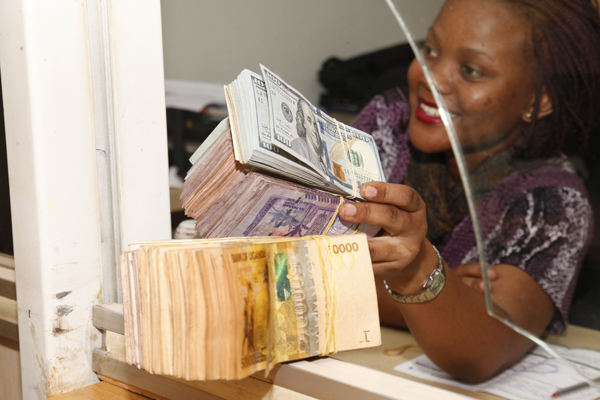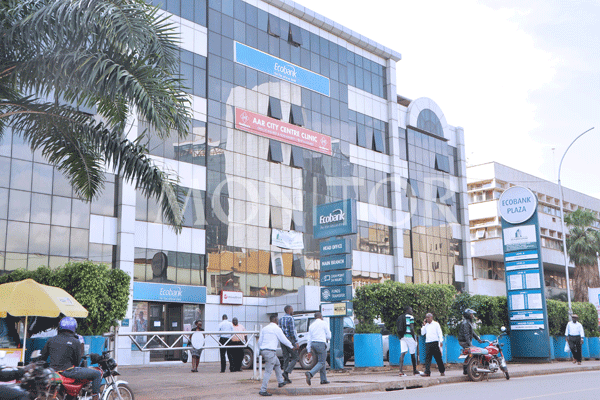Interest on interbank lending increases by 1.2 percent

The increase in interest rates for short-term lending between banks has negative implications for commercial lending. Photo | file
What you need to know:
The rise in the interbank interest rate has a larger implication on commercial lending, which has already registered a slowdown due to cost related issues
Interest rates charged between banks have sharply increased as the Central Bank seeks to maintain price stability.
The rise in the interbank interest rate has a larger implication on commercial lending, which has already registered a slowdown due to cost related issues.
In the quarter to July, the money market rates maintained an upward trajectory attributed to tighter liquidity conditions.
Bank of Uganda indicates that interest rates for the seven-day interbank lending increased to 8.2 percent in the quarter to July from 6.8 percent in April while the overnight rates increased to 7.9 percent from 6.5 percent. For three consecutive months the Central Bank has increased the policy rate by 2.5 percent as it presses ahead to curb a highly volatile economic environment.
The Central Bank Rate, a key determinant in the movement of commercial bank interest rates, has risen from 6.5 percent in May to 9 percent in August.
Already, according to Bank of Uganda more than half of commercial banks have indicated they will increase interest rates in the quarter to September due to movements in the Central Bank Rate.
However, during the period, Bank of Uganda noted that weighted average shilling lending rates declined to 16.3 percent up from 18.3 percent in May due to big loans to prime borrowers in trade and manufacturing, which were offered at a rate below 10 percent.
Credit to manufacturing, trade, transport and communication, real estate and personal lending declined while marginal increases were observed in agriculture.
Similarly, in the debt market, the Central Bank said the primary and secondary market yields increased for all tenors as investors factored in the tight global financial conditions amid high domestic inflation expectations.
In July the shilling depreciated by 1.2 percent, capping a year-on-year depreciation of 6.7 percent, driven by tightened global monetary conditions and worsening terms of trade.




